Capybaras have become somewhat of an internet sensation. Loved for their relaxed demeanour, friendly nature and laid-back lifestyle, they’re social media icons.
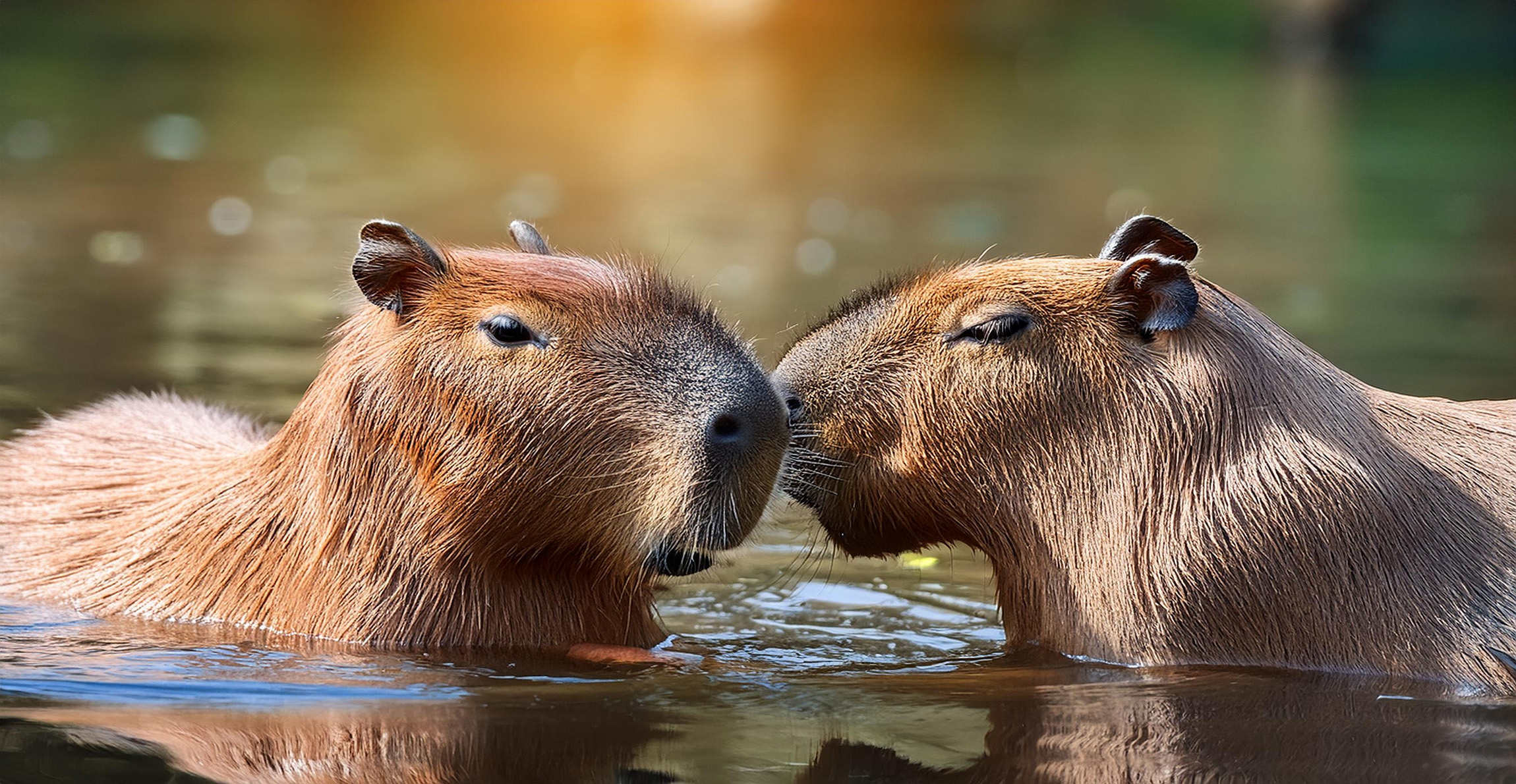
Capybaras inhabit a variety of places across South America and are normally found in places with water. © Bigzumi/ Shutterstock
But beyond the viral videos, there’s a lot more to these remarkable animals. Here’s some facts you might not know about the internet's favourite rodent.
How many species of capybara are there?
Capybaras are mammals belonging to the order Rodentia, which includes more than 2,000 species of rodent. In the genus Hydrochoerus, there’s two species – the greater capybara and the lesser capybara.
The greater capybara is the species that we’re most familiar with. They’re the largest rodent in the world, with adults growing up to about 1.3 metres in length and weighing over 60 kilogrammes. The females are also slightly larger than the males.
They live across South America and are found in places where water is easily accessible, such as wetlands, swamps and open grasslands.
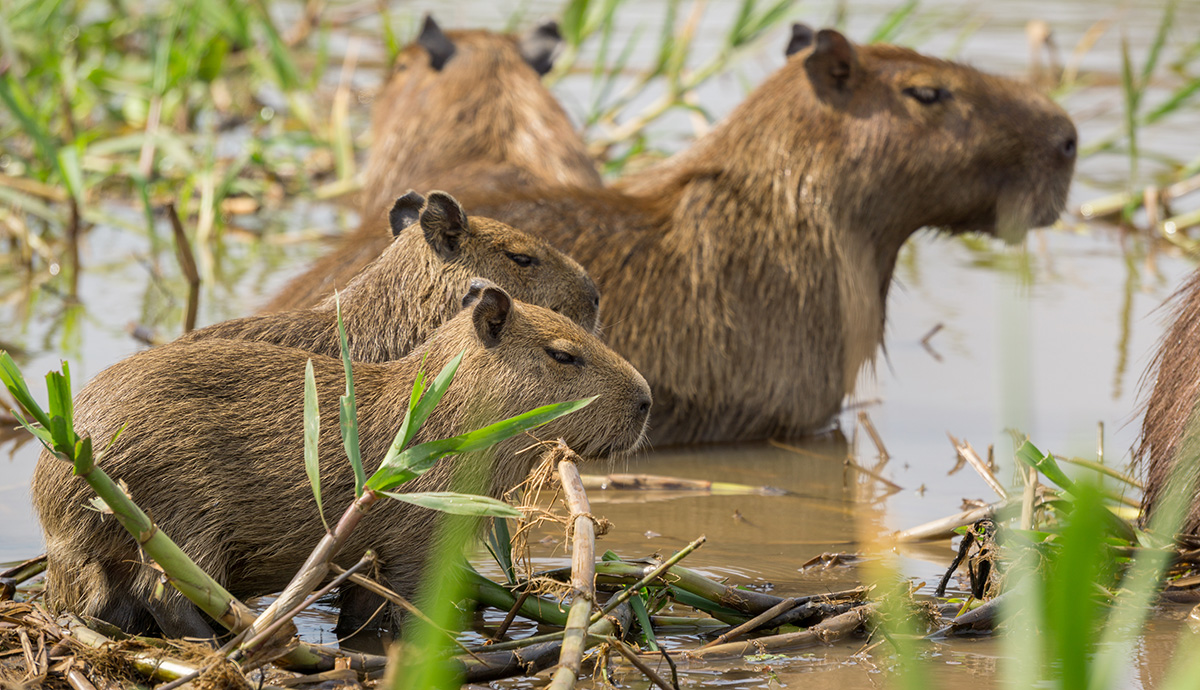
There are two types of capybaras – Hydrochoerus hydrochaeris and Hydrochoerus isthmius. © FCG/ Shutterstock
The lesser capybara is smaller, weighing up to 28 kilogrammes and measuring about one metre in length. This species prefers forests and shaded wetlands and is more localised to parts of northern South America and southern Panama.
Greater capybaras have a stocky build and a coarse, straw-like coat whereas lesser capybaras are slimmer with softer, darker fur.
Their genus name, Hydrochoerus, is derived from a Greek word that translates to ‘water pig’. The greater capybara’s species name, hydrochaeris, also has Greek origins and is a combination of words that mean ‘water’ and ‘to feel happy’ or ‘joy’.
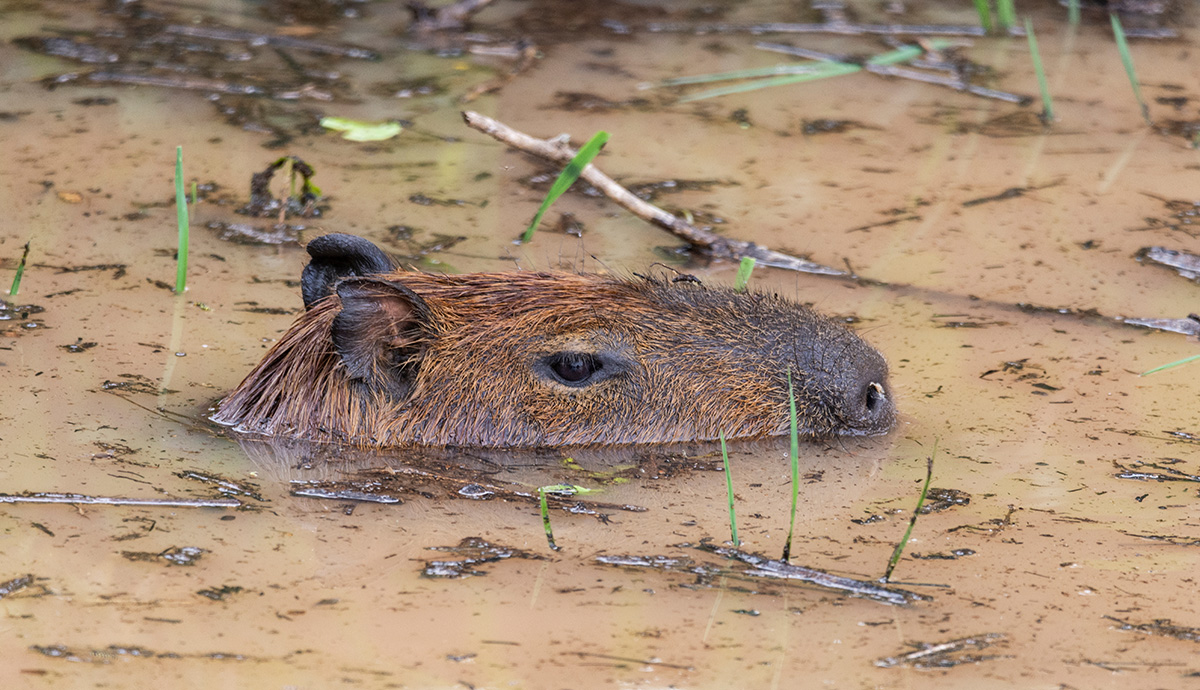
With their eyes, nostrils and ears on top of their heads, capybaras are set up for life in the water. © vitormarigo/ Shutterstock
What do capybaras eat?
Capybaras are mainly herbivorous, feeding on tough, fibrous vegetation such as grasses. This diet can be hard to digest, which means they can struggle to get important nutrients.
To get around this, capybaras re-ingest their poo – this is called coprophagy. It’s something that rabbits and cows do too. Doing this allows them to extract the vital nutrients that they might not have absorbed the first time round.
Capybaras have specialised teeth that are suited to their plant-heavy diet. Like other rodents, their incisors – sharp, chisel-like teeth at the front of the mouth – grow continuously. To prevent overgrowth, they must constantly wear these teeth down by chewing things such as bark, tough grasses and aquatic plants.
What lifestyle do they lead?
In the wild, capybaras live in herds of around 10 to 20 that consist of both males and females. Larger groups of up to about 30 form during the dry season when water is scarce.
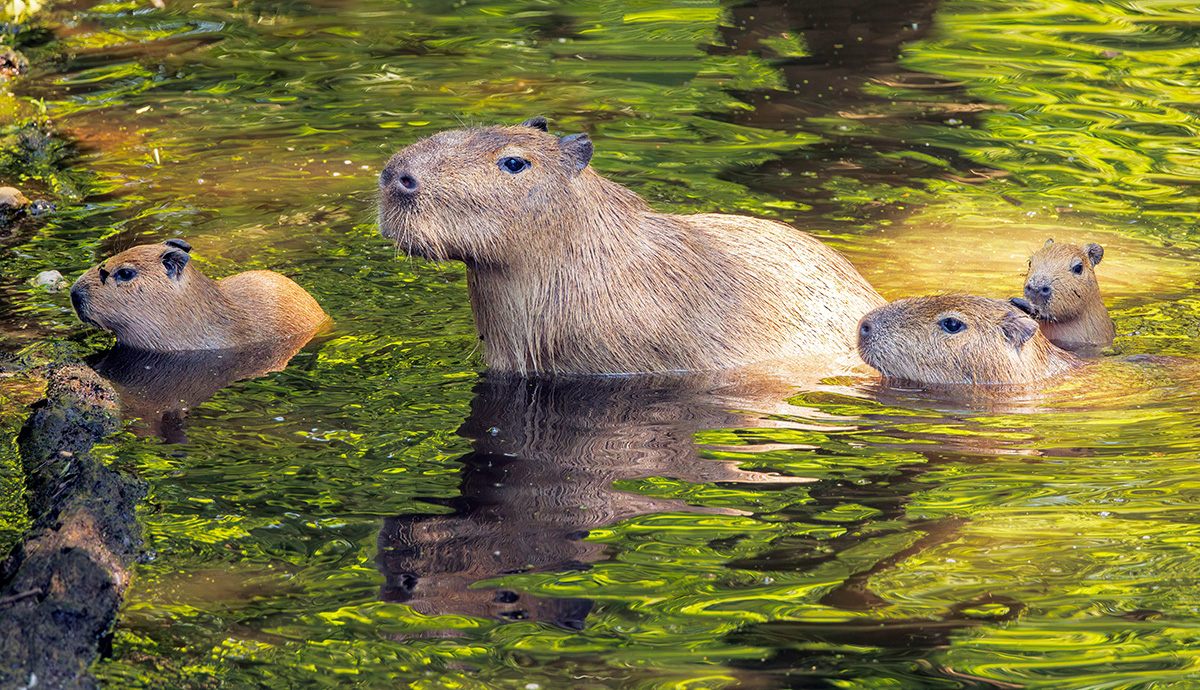
Living in groups is important for capybara survival so it’s rare that one will be found alone. © Edwin Butter/ Shutterstock
A female capybara will normally give birth to between two and eight pups. Their young are precocial, which means they can stand, walk and graze very quickly after being born. The mothers feed their young until they’re about three months old. The pups will feed from both their own mother as well as other females in the group.
Young capybaras stay within their parent’s group until they’re about a year old. During this first year, they’re very vulnerable to a variety of predators, including caimans, harpy eagles, anacondas and ocelots.
To protect their young, adult capybaras rely on the vigilance of the group. If an adult spots danger, they’ll make a barking noise to warn the group, who will then retreat to the relative safety of the water.
Adult capybaras face fewer threats than their young, with the jaguar being their primary predator. However, in some regions they’re also hunted by people for meat and their hides.
What makes them such good swimmers?
Capybaras are semi-aquatic and exceptionally strong swimmers. They have partially webbed feet and can hold their breath underwater for up to five minutes, helping them to escape predators. Even newborn capybaras are capable swimmers, able to follow their parents into the water shortly after birth.
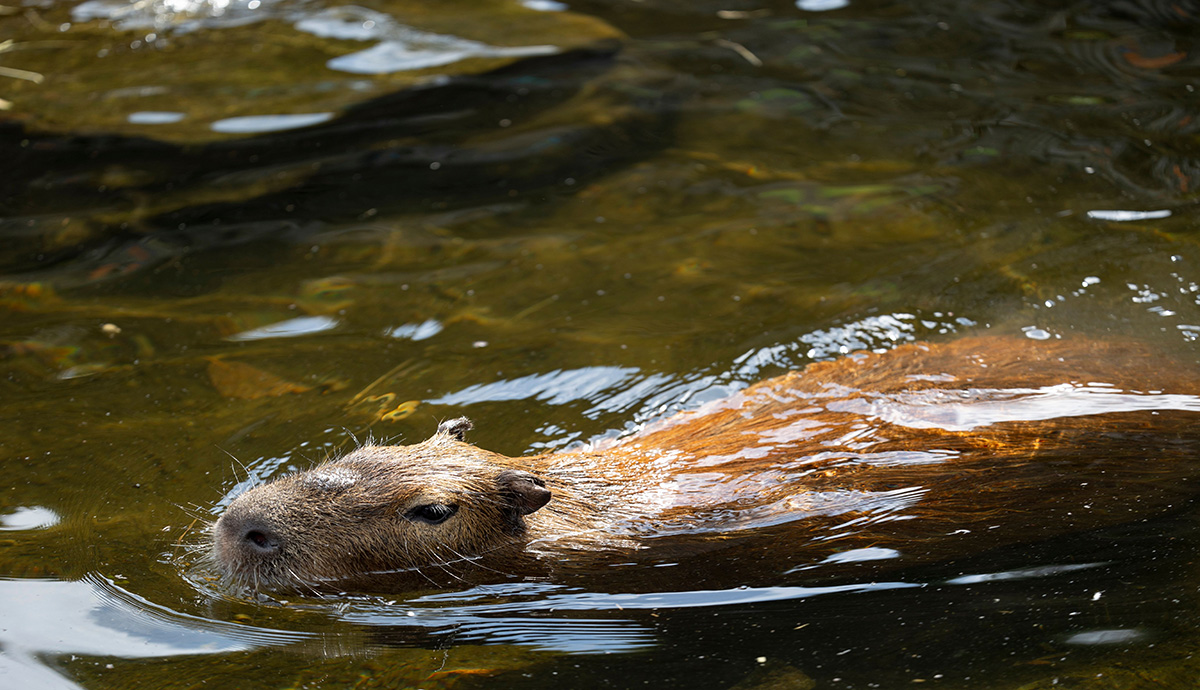
Water can be a place of safety for capybaras, who are excellent swimmers. © Wirestock Creators/ Shutterstock
Their bodies are also well adapted for aquatic life. Their eyes, ears and nostrils are positioned high on their heads, allowing them to remain mostly submerged while still being able to see, hear and breathe.
So the next time you see a cute capybara pop up on your social media, think about all the incredible things these creatures are capable of.
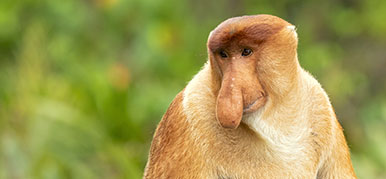
What on Earth?
Just how weird can the natural world be?
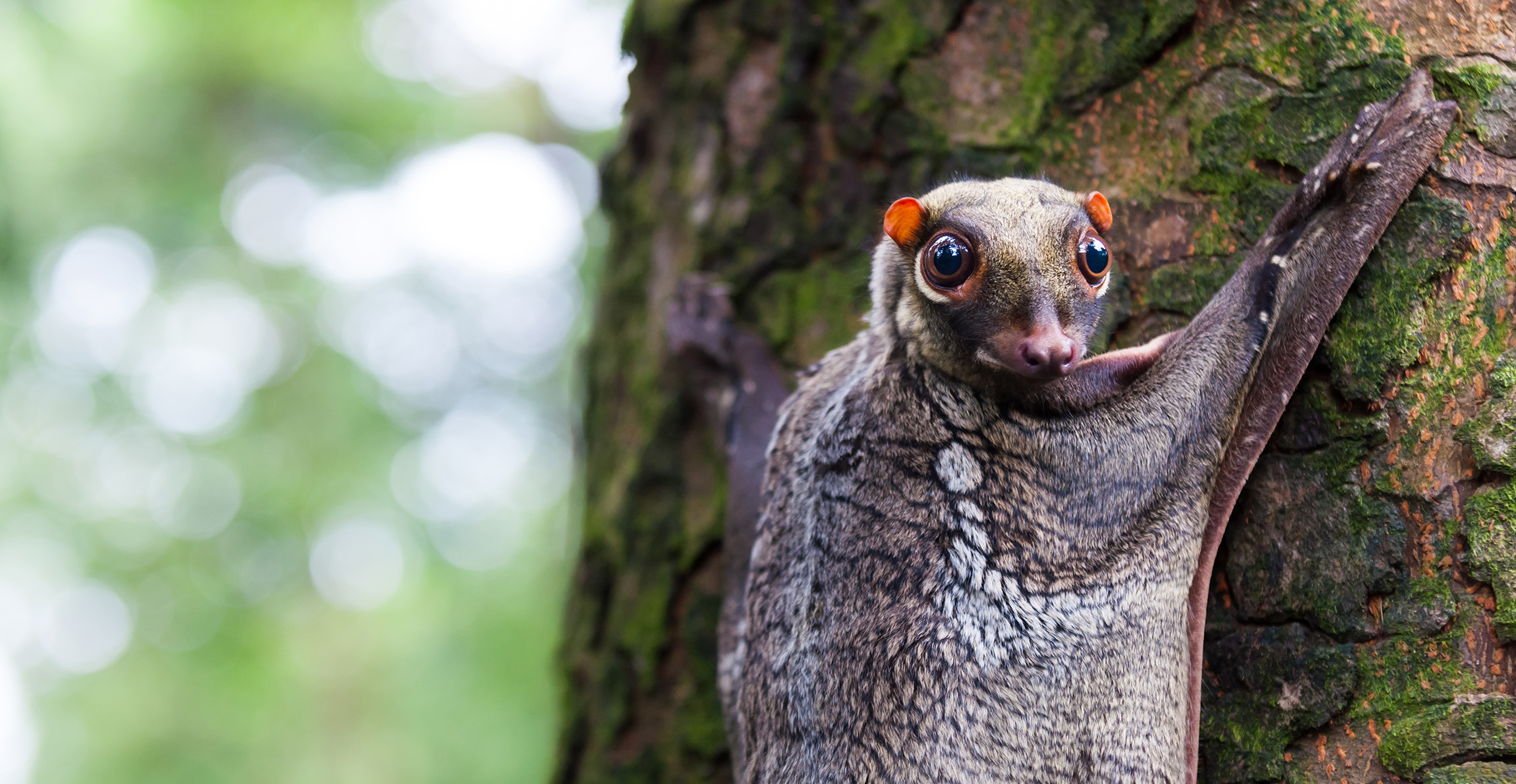
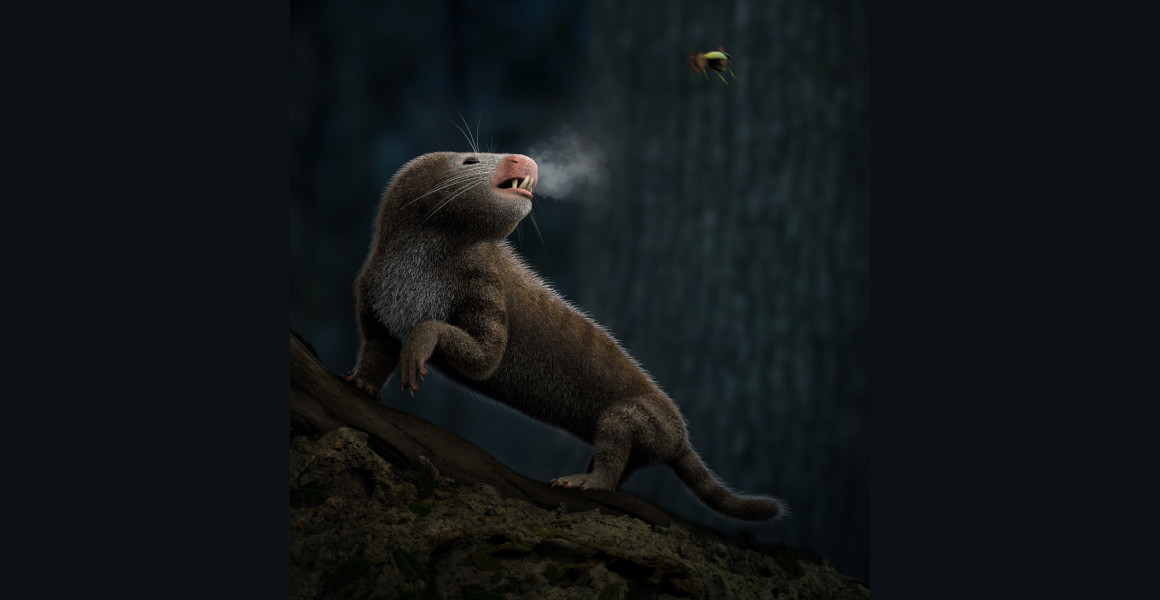
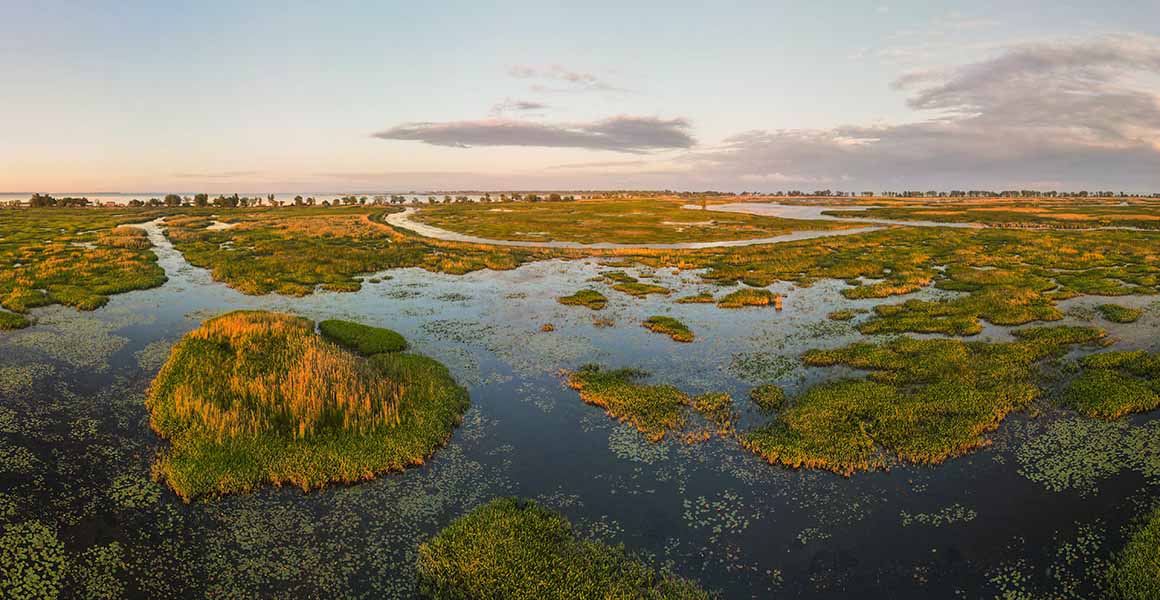
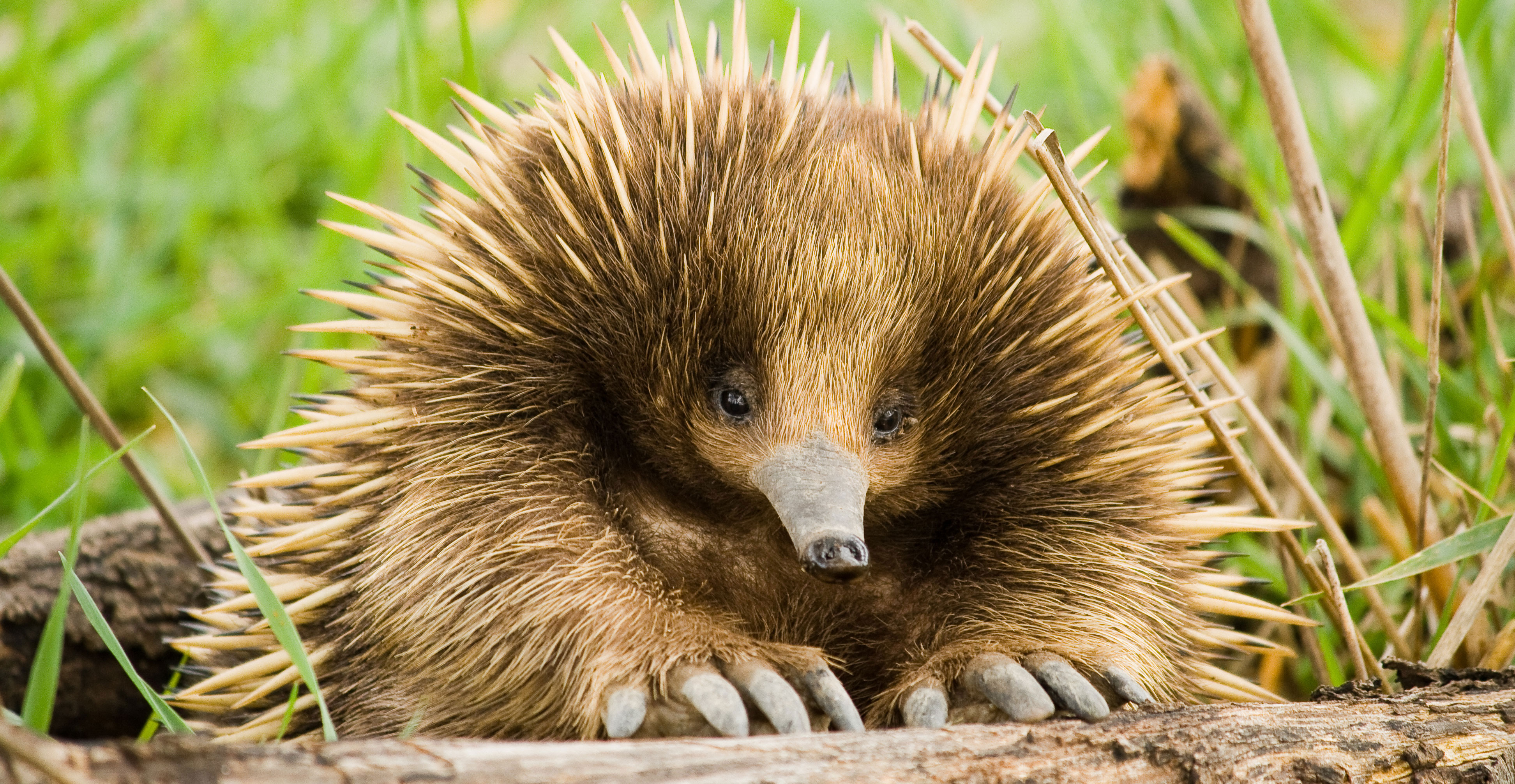
Don't miss a thing
Receive email updates about our news, science, exhibitions, events, products, services and fundraising activities. We may occasionally include third-party content from our corporate partners and other museums. We will not share your personal details with these third parties. You must be over the age of 13. Privacy notice.
Follow us on social media